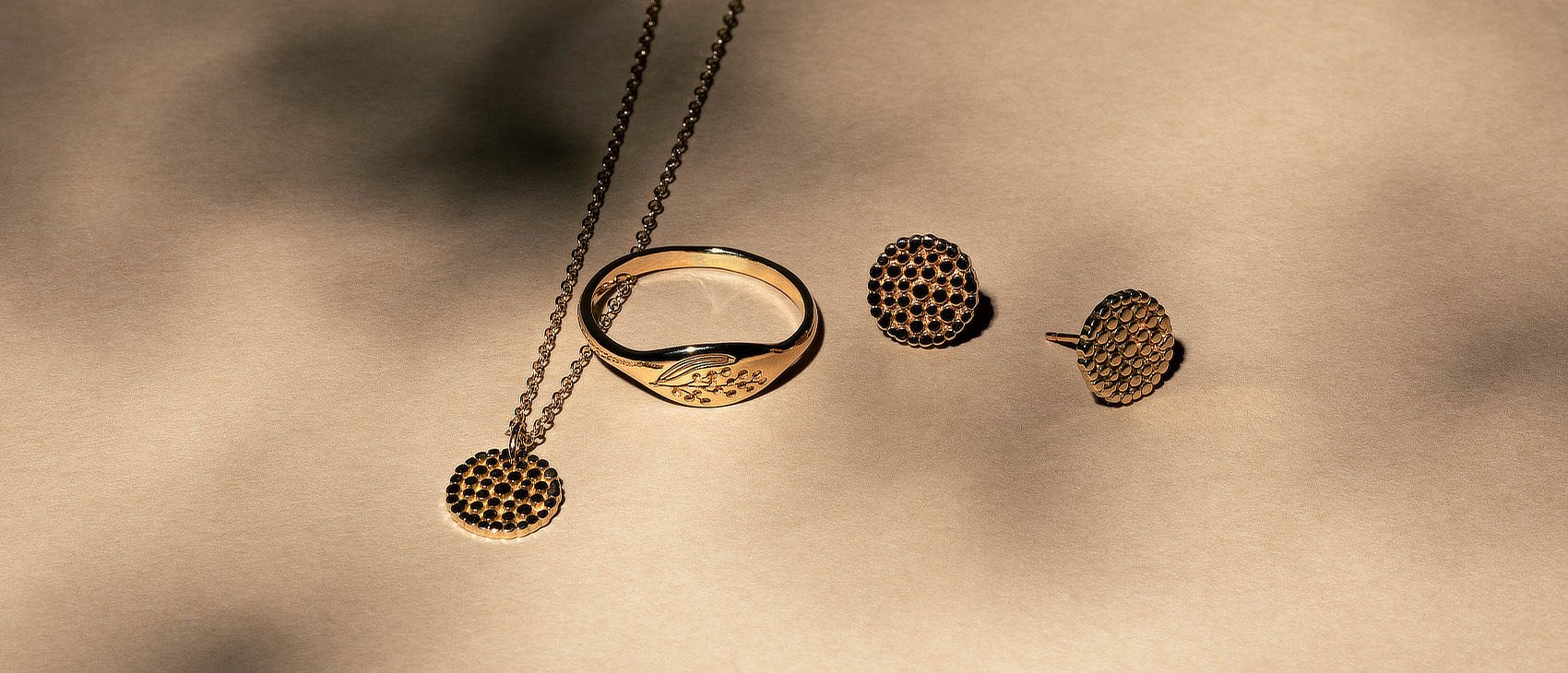 It's one of those odd but endearing traditions: finding a coin tucked inside your slice of Christmas pudding. You're told it brings luck for the year ahead, and everyone laughs nervously as they chew carefully, hoping not to crack a tooth on a surprise sixpence.
It's one of those odd but endearing traditions: finding a coin tucked inside your slice of Christmas pudding. You're told it brings luck for the year ahead, and everyone laughs nervously as they chew carefully, hoping not to crack a tooth on a surprise sixpence.
But where did this custom come from? Why did we start putting money in a dessert in the first place? And why is the tradition fading - or being reimagined - today?
As someone with a love of traditions (and a soft spot for quirky ones!) I've long been fascinated by the story behind putting coins in Christmas pudding. It’s a ritual that connects generations, and it's one my own family still embraces each festive season.
So let's take a stroll through the origins and meaning of this quirky Christmas custom. Along the way, we'll look at the history of Christmas pudding itself, and how you can still carry on the tradition safely and beautifully in a modern way.
A Very Brief Primer on Christmas Pudding
If you grew up with Christmas pudding, you probably have strong feelings about it, especially if you were one of the lucky few to find a coin! But not everyone is familiar with this often dense, rich dessert that's typically steamed or boiled and packed with dried fruit, spices, and sometimes suet or alcohol.
Christmas pudding is traditionally served in parts of the world with strong British ties, including Australia, the UK, Ireland, New Zealand, and South Africa. It's usually the dramatic finale to Christmas dinner, sometimes brought to the table with brandy set alight and often with a sprig of holly on top.

My family has always served it with an indulgent brandy cream sauce passed down from my grandmother. And if you're curious, I've shared a quick and easy Christmas pudding recipe that's perfect for reviving the tradition, even if you're short on time. This recipe has been in my family for generations - it's a little bit unusual, but a lot delicious!
From Pottage to Pudding: A Short History
Christmas pudding wasn't always a sweet dessert. In medieval times, it began as a savoury dish called pottage: a soupy mixture of meat, grains, and dried fruit. Over time it became thicker, richer, and sweeter - especially by the late 16th century when prunes and raisins took centre stage.
By the mid-1600s, the pudding was already a Christmas staple, but it briefly fell out of favour when Puritans in England banned it, declaring it too indulgent. Thankfully, it made a comeback in the early 1700s, with royalty like King George I reportedly demanding it at the Christmas table.
It was during the Victorian era that Christmas pudding really settled into its current form. Queen Victoria and Prince Albert were great champions of Christmas traditions, and their influence helped cement the pudding - along with flaming brandy, decorative holly, and lucky silver tokens - as an essential part of the festive meal.
Stir-Up Sunday & Other Pudding Rituals
In many families, the pudding tradition starts before Christmas Day, often on what's known as Stir-Up Sunday, which is traditionally the last Sunday before Advent. This is when the pudding mixture is made, and everyone in the household is invited to take a turn stirring the bowl and making a secret wish.
The pudding is traditionally stirred from east to west, said to represent the journey of the three wise men. It's a moment of shared anticipation - and often a bit of mess - that adds to the magic of the season.
In my own family, we usually make our pudding on Christmas Day (we use a faster recipe!), but we still keep the ritual alive. Everyone who's home gives the mixture a stir and makes a wish.
Often Christmas puddings are served with a decorative sprig of holly on top, which became popular during the Victorian era. However, the tradition harks back to when holly was seen as a fertility symbol and a good luck charm.
Why Put Coins in Christmas Pudding?
Adding coins or charms to Christmas pudding is a time-honoured tradition - and one of the most fun parts of serving it. Finding a coin in your slice is said to bring good luck, prosperity, or even love in the year ahead.
This custom has roots going back centuries and perhaps as early as the 1300s. In medieval times, people sometimes baked small, charms silver rings or even a dried pea into festive cakes or puddings. The person who found the token might be crowned 'king' or 'queen' for the night, or just receive a good dose of luck.
Later it became common to use silver coins instead as the luck-bringing treasures (especially threepences and sixpences in Australia). Some families made sure everyone found one; others left it to fate. Either way, it added excitement and a bit of theatre to the end of Christmas dinner.
Sadly, when base-metal coins replaced silver ones, the tradition began to disappear as modern coins aren't safe to put in food. But with the right genuine silver replacements, you can bring it back.

Updating the Pudding Coins Tradition
Our deluxe solid silver Christmas Pudding Coins are the perfect way to honour this festive custom. Designed to be found, treasured, and passed on, they're a beautiful modern heirloom for your family.
Keeping the Tradition Alive Today
Thankfully, the tradition of putting coins in Christmas pudding doesn't need to be lost. Our family keeps it going with specially made solid silver Christmas pudding coins - and we know many of our customers do too.
As an Australian jewellery designer, I first made a set of solid silver pudding coins specially for my Mum at her request. I then started getting requests from people who heard about them and eventually I started making sets for sale in our Australian jewellery store. They are one of our most enduringly loved products.
These coins are food-safe, beautifully crafted, and designed to be easy to find (no chipped teeth here!). Ours feature vintage-style illustrations that bring a touch of magic and nostalgia to the table - and they're made to be reused year after year.
To use them, simply press the coins into the pudding just before serving. You can swap them for pocket money or a small treat to keep the fun going - a little ritual kids and adults alike will remember fondly, and returning the silver pudding coins for use next year.
Whether you hide just one coin or make sure everyone gets one, it's a beautiful way to connect with the past and create new memories around the table.
(Reading this on a website that isn't simonewalsh.com? Be aware that the content has been stolen, infringing the copyright of a small business. ABN: 65108844126)
Wrapping It Up
Christmas pudding is more than just dessert: it's a tradition rich with history, symbolism and shared joy. Whether you're using an old family recipe or trying a quick and easy pudding like ours, adding a few silver coins is a simple way to bring a bit of magic and meaning to your Christmas table.
Looking to start (or continue) this lovely tradition? We've created something special to help ...



 Simone Walsh is a
Simone Walsh is a 
